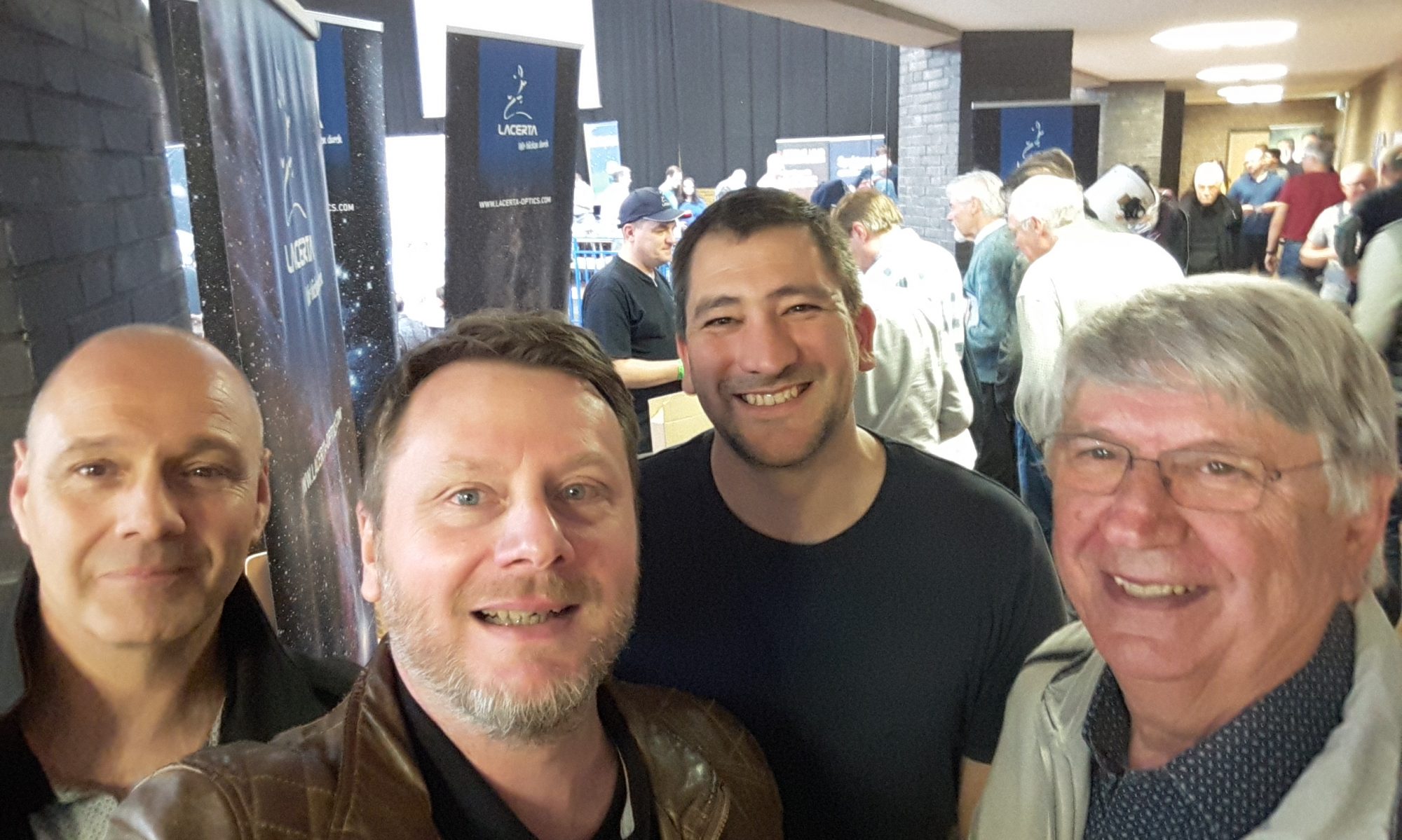



Hoegaarden Astronomy & Photography
It was my pleasure to entertain the toddlers of the “Gemeentelijke basisschool Outgaarden” in Hoegaarden yesterday evening. We talked about the stars, the Moon and the Sun. Unfortunately it was clouded, so the telescope stayed inside, and all toddlers could see their reflection inside: that was a lot of fun!
They even made me a little “thank you”:

This website only uses statistical cookies. No personal data is collected or shared.